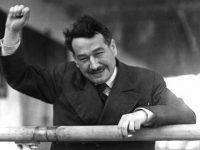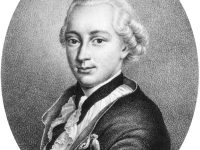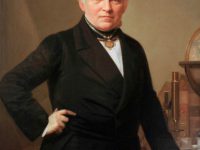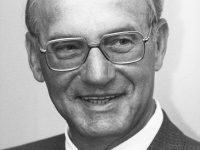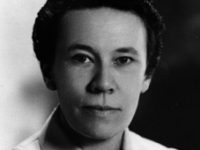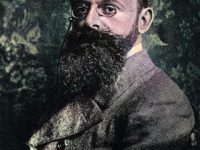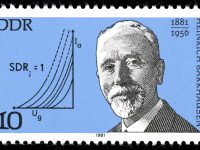Egon Erwin Kisch – The frenzied Reporter
On April 29, 1885, Austrian and Czechoslovak writer and journalist Egon Erwin Kisch was born. Kisch styled himself Der Rasende Reporter (The frenzied reporter) for his countless travels to the far corners of the globe and his equally numerous articles produced in a relatively short time (Hetzjagd durch die Zeit, 1925), Kisch was noted for his development of literary reportage and his opposition to Adolf Hitler‘s Nazi regime. “And there is nothing more…
Read more

